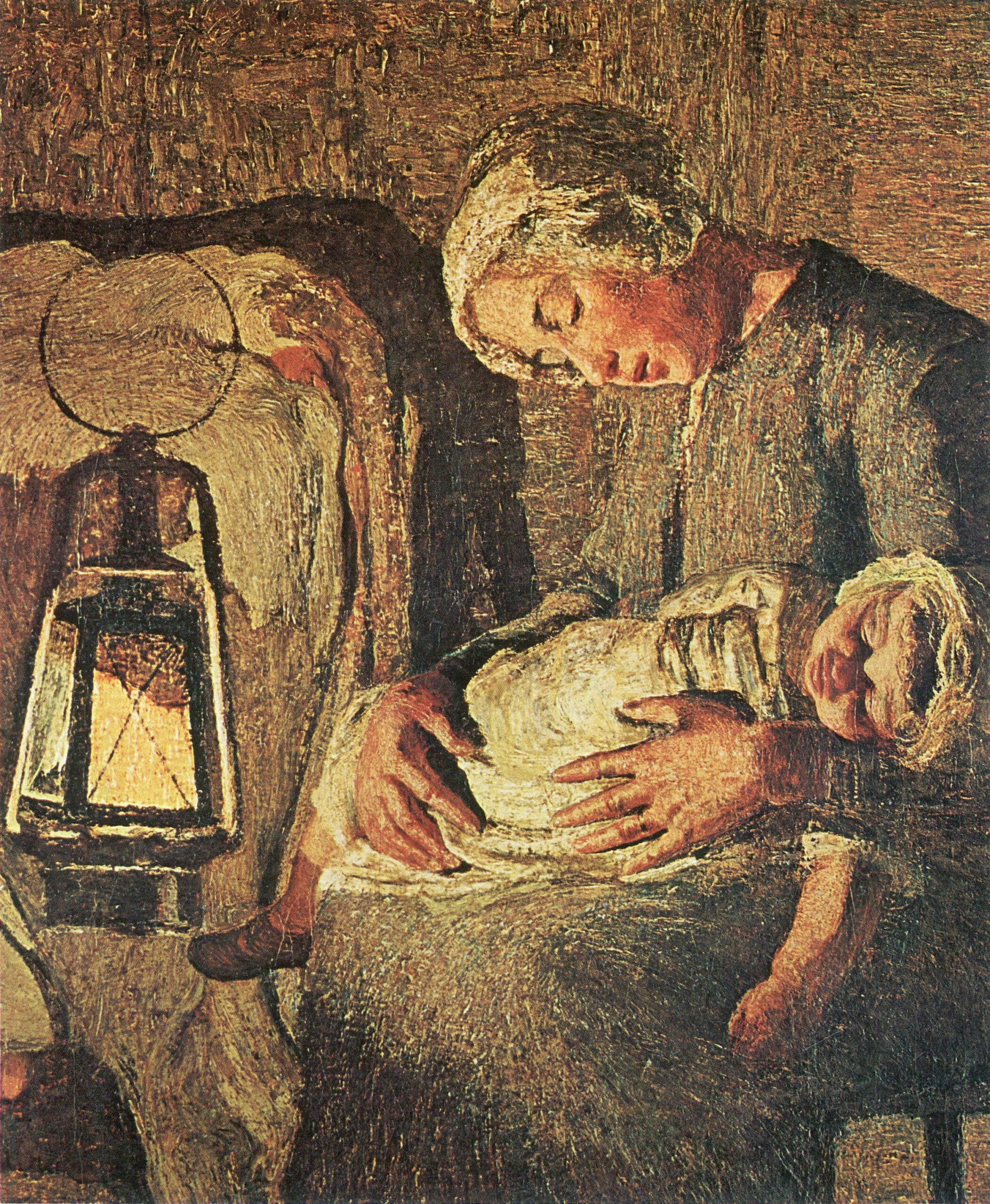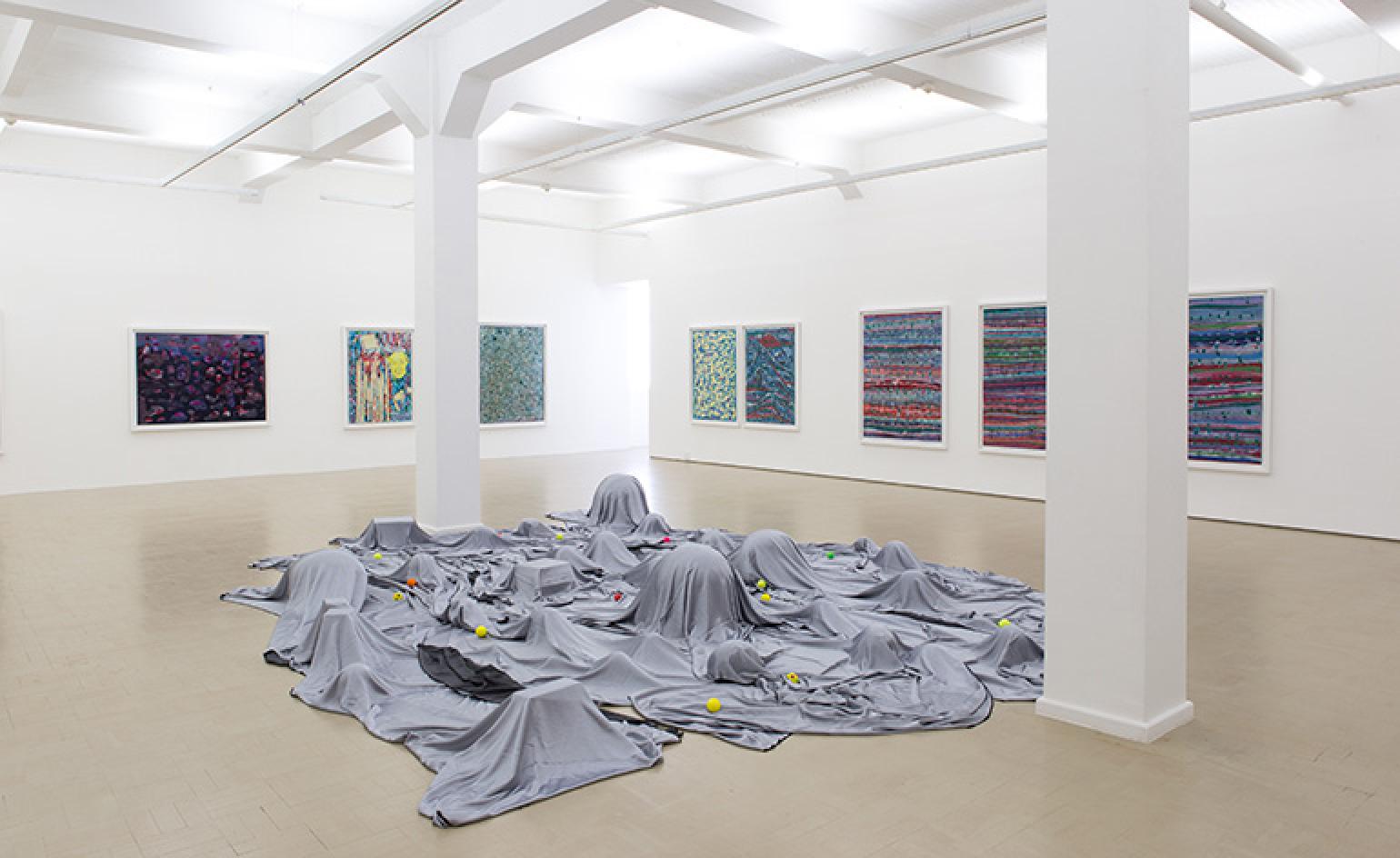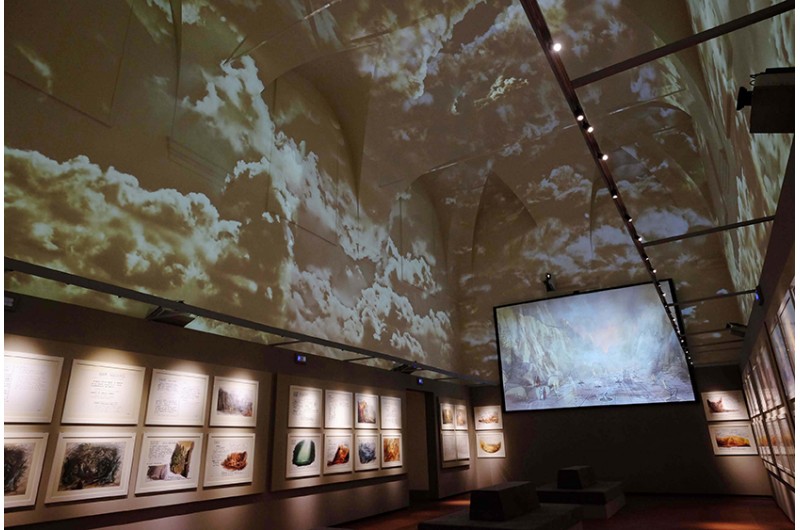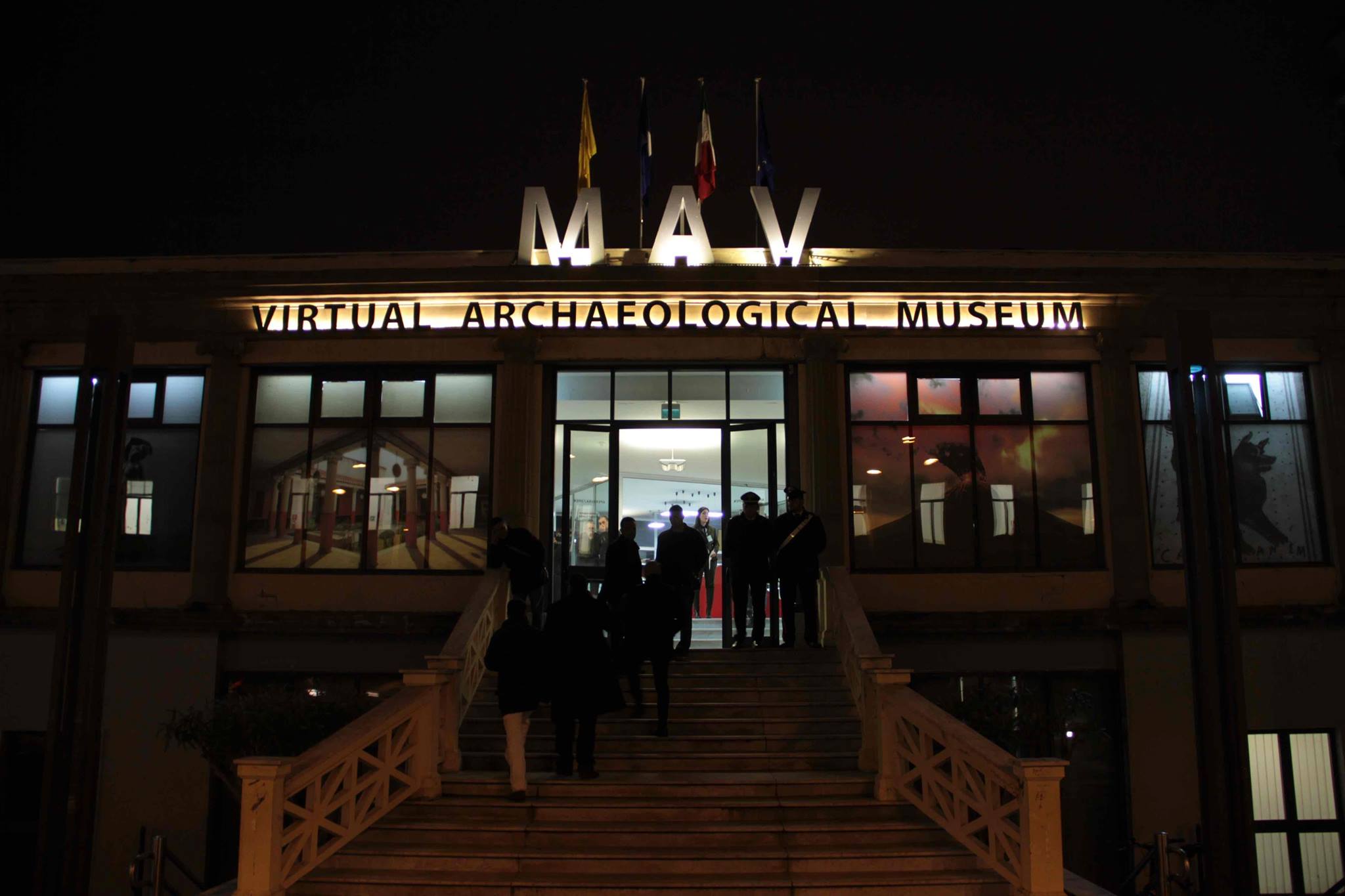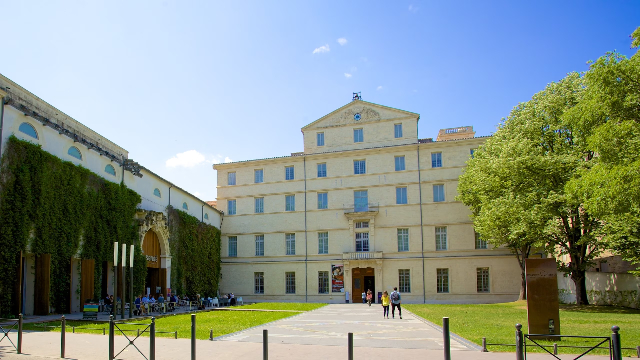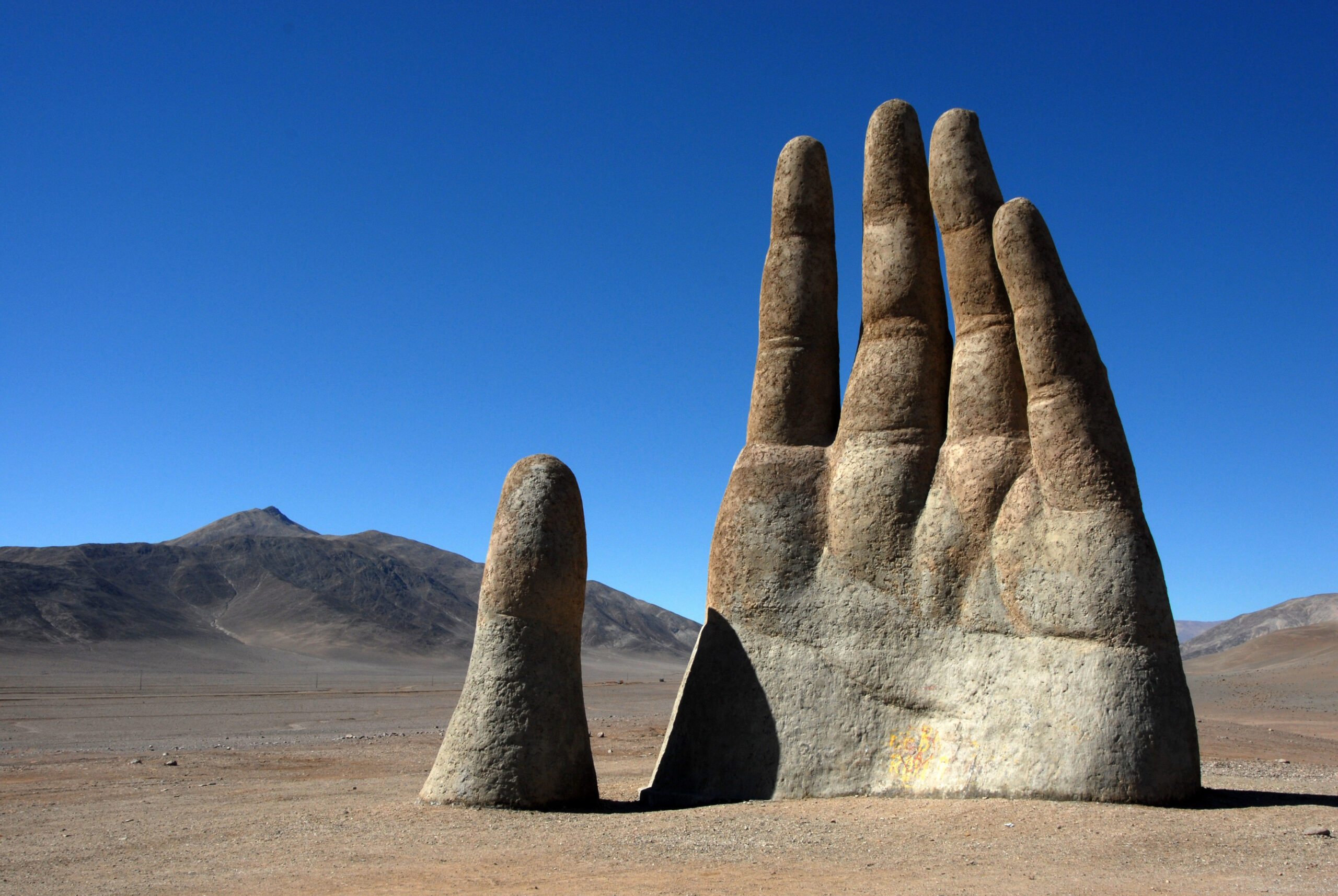The work is signed and dated on the lower left side. Segantini cited it in his letter to Domenico Tumiati (Maloja, 5/29/1898) with the definition of "lantern effect"; Primo Levi in 1899 listed it under the title of "The Mothers (interior of stable)"; Servaes in 1902 catalogued it under number 84. The painting belonged to Grubicy (Milan), who lent it for a long time to the Segantini Museum in Saint-Moritz; then it belonged to Benzoni, also in Milan.
At that time Segantini was working on a series of compositions having interiors as their theme, but here he was looking for a more articulated and chromatically developed solution: he was to create artificial light effects with his renewed coloristic strength, and so he did. At the Brera Triennial of 1891, where Previati’s "Maternity" was also exhibited – a somewhat mystical, ethereal and oneiric symbolic interpretation – "The Two Mothers" had considerable success where the analogy, quite evident, of the new technique appeared as a representation of naturalistic divisionism against an idealizing symbolism. The interpretation of symbolism, conceived as "universal maternity", in fact will appear in Segantini only later.
A journalist in the "Cronaca dell’Esposizione di Belle Arti – Esposizione Triennale di Brera del 1891" of 28.5.1891 interprets the painting in a distinctly luministic key: "The two mothers are a cow that has her calf close to her on the straw, and a peasant girl who holds her skate in her arms, dozing in the light of a rustic lamp that hangs from the ceiling. The observance of the luminous phenomenon and the evidence are in this painting admirable […]";
Grubicy interprets it from a naturalistic, as well as a luministic point of view: "It is curious that in the many discussions and criticisms published on the Triennale, no one has gone into the study of the characteristic essence of this important work by Segantini, although everyone, without exception, has found the powerful strength of the young master, and some, like Sormani, have also acclaimed it for the feeling of motherhood, so to speak, animal that it contains. In my opinion, the driving force behind this work was the emotion provoked by an interesting effect of artificial light and the whim of wanting to overcome the enormous difficulty that the pictorial interpretation of it presented. […] The interest and the difficulty of the scene consisted in expressing, in its proper character, that environment with its low luminosity, but diffused enough to circulate everywhere, so as to suppress the blacks – black means absence of light – and allow the eye to detect the nature of all objects. And Segantini, in his painting, was able to victoriously overcome the difficulties, resorting to the application of divided colors instead of the usual mixture on the palette".
In 1945, Barbantini drew some considerations from it, such as that around the head of the woman in a pathetic attitude "à la Botticelli" there was "an air of a museum".
There is a copy of the work kept at the Segantini Museum of Saint-Moritz, made by Gottardo, Segantini’s son.
